-
×
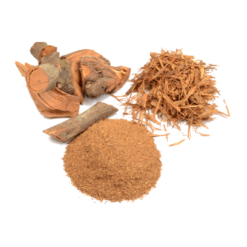 Tynanthus panurensis (clavo huasca)
1 × $15
Tynanthus panurensis (clavo huasca)
1 × $15 -
×
 Atlantis truffles
1 × $280
Atlantis truffles
1 × $280 -
×
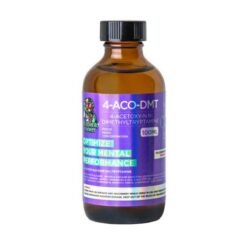 Microdose 4-AcO-DMT Deadhead Chemist
1 × $220
Microdose 4-AcO-DMT Deadhead Chemist
1 × $220 -
×
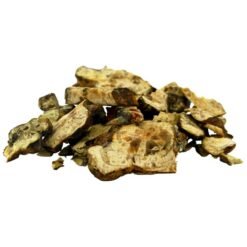 Pajateros (Dragon's Dynamite)
1 × $280
Pajateros (Dragon's Dynamite)
1 × $280 -
×
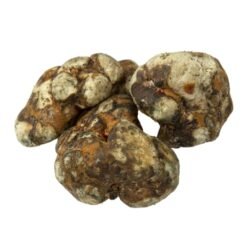 Dolphins Delight
1 × $280
Dolphins Delight
1 × $280 -
×
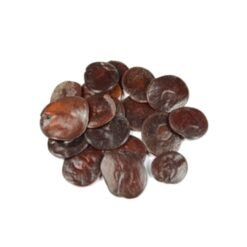 Anadenanthera Peregrina (Yopo)
1 × $52
Anadenanthera Peregrina (Yopo)
1 × $52 -
×
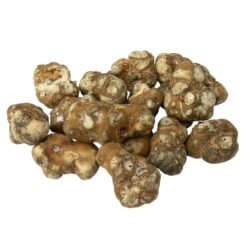 Cosmic Connectors
1 × $300
Cosmic Connectors
1 × $300 -
×
 Mothers Finest
1 × $310
Mothers Finest
1 × $310 -
×
 Diplopterys cabrerana (Chaliponga)
1 × $15
Diplopterys cabrerana (Chaliponga)
1 × $15 -
×
 Yopo snuffYopo Activated Rapé, Anadenanthera PeregrinaYopo Seeds as know as Anadenanthera Peregrina, the genus Anadenanthera, a member of the leguminosae family, has been used for its psychoactive effects for approximetaly 4,500 years. Anadenanthera Colubrina (Yopo) was traditionally used in shamanism by the Indians of the Southern region of the Andes.The seeds were made into a snuff called Cebil or Vilca.Anadenanthera peregrina is used throughout South America. It is used in the Orinoco basin, where it must be cultivated by shamans because it is not native to this area.. It is made into a snuff, under the name Yopo. The Yanomano and Waika tribes use it in Epena, a snuff containing A.Peregrina seeds, Plant Ashes, and other substances. It was traditionally used in the West Indies as a snuff called Cohoba, though this use was irradicated.
1 × $11
Yopo snuffYopo Activated Rapé, Anadenanthera PeregrinaYopo Seeds as know as Anadenanthera Peregrina, the genus Anadenanthera, a member of the leguminosae family, has been used for its psychoactive effects for approximetaly 4,500 years. Anadenanthera Colubrina (Yopo) was traditionally used in shamanism by the Indians of the Southern region of the Andes.The seeds were made into a snuff called Cebil or Vilca.Anadenanthera peregrina is used throughout South America. It is used in the Orinoco basin, where it must be cultivated by shamans because it is not native to this area.. It is made into a snuff, under the name Yopo. The Yanomano and Waika tribes use it in Epena, a snuff containing A.Peregrina seeds, Plant Ashes, and other substances. It was traditionally used in the West Indies as a snuff called Cohoba, though this use was irradicated.
1 × $11
Subtotal: $1763



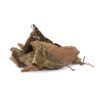
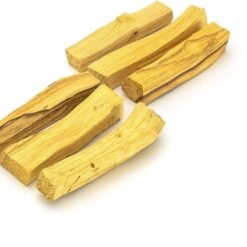


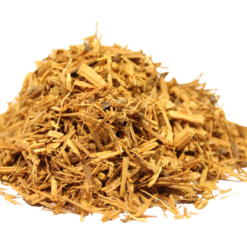
Reviews
There are no reviews yet.